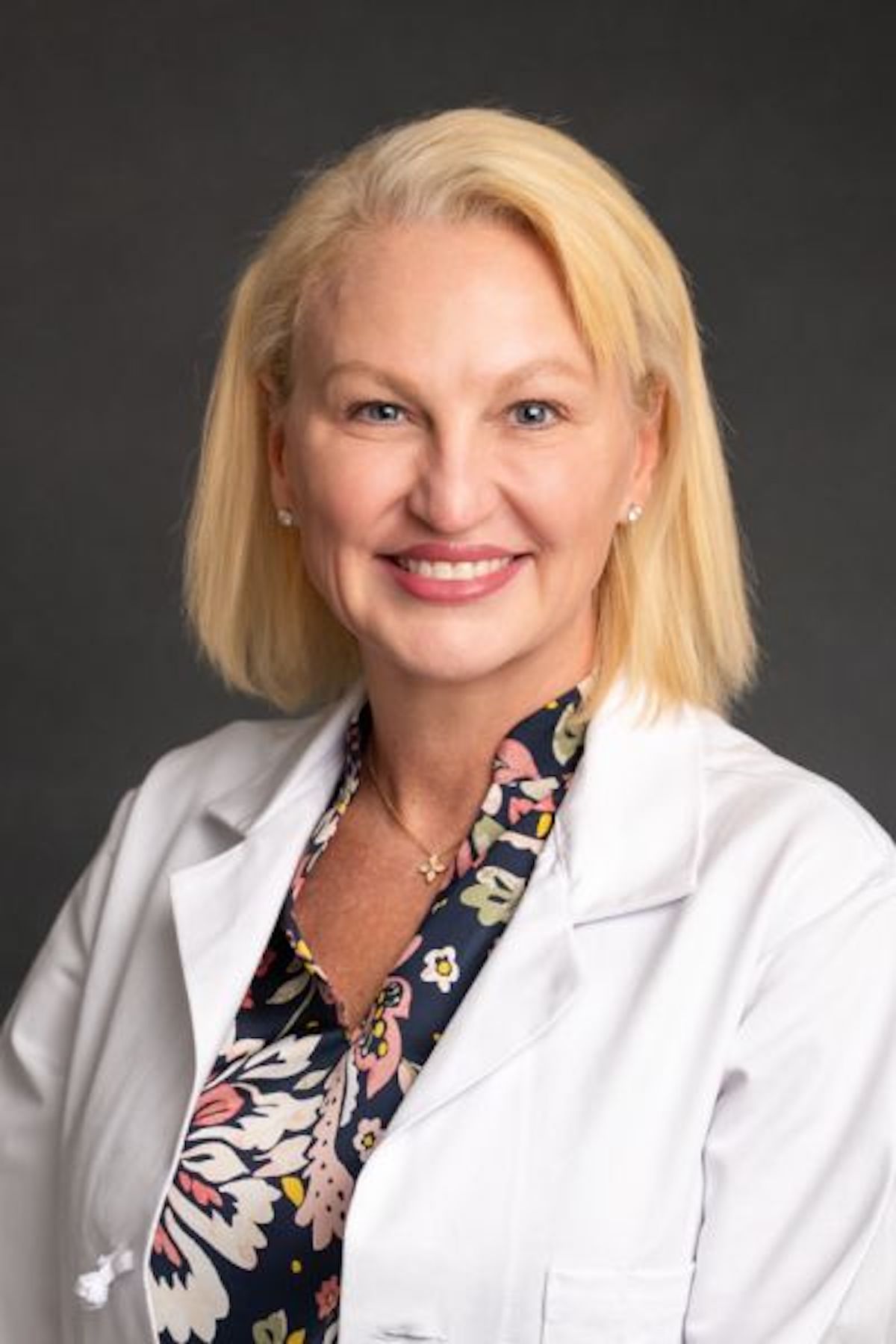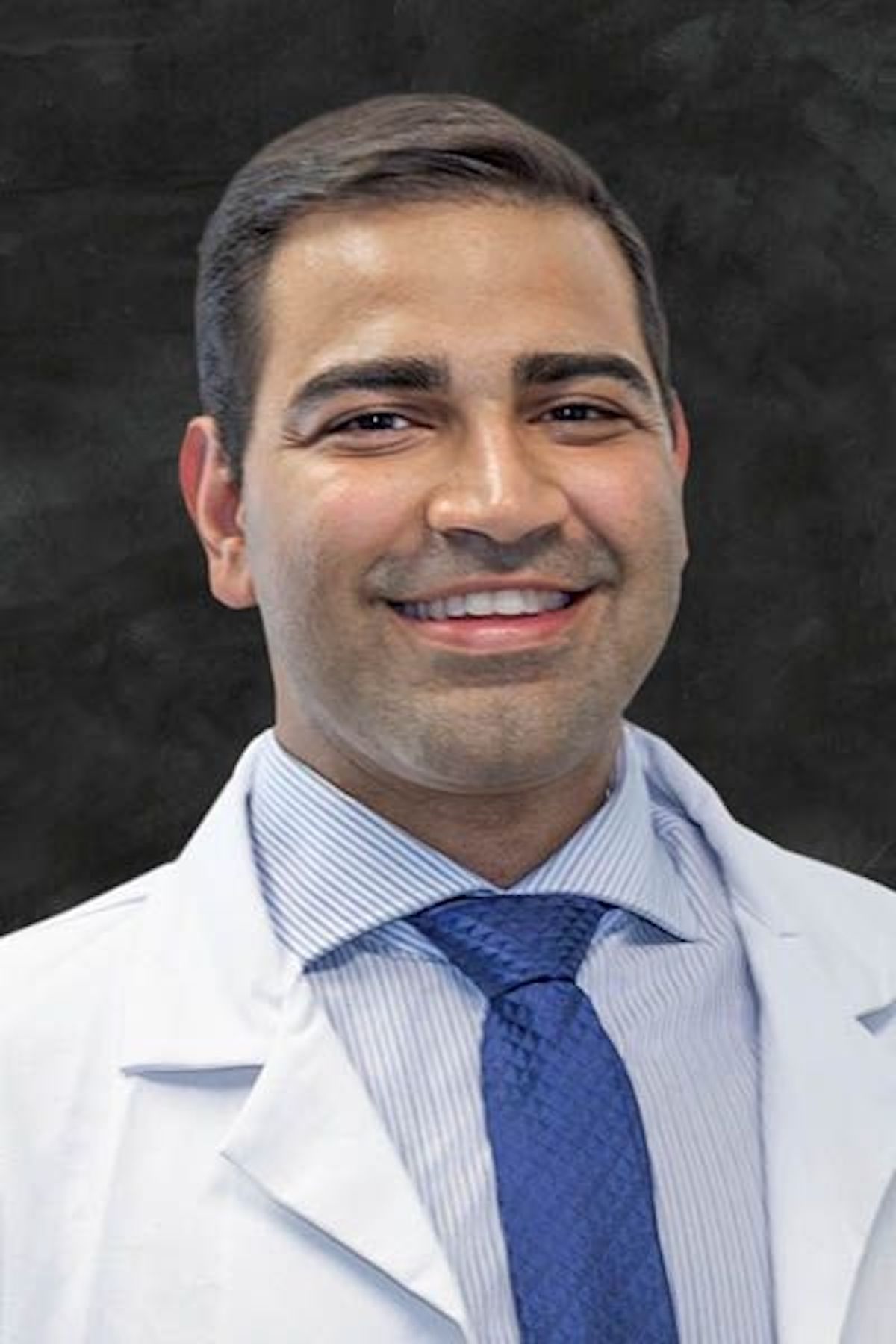Many people have experienced the discomfort of food or a beverage accidentally going to the wrong place when swallowing. But swallowing issues sometimes become chronic and may be a sign of a health condition that should be treated.
The medical term for trouble swallowing is dysphagia. Rare experiences with it are usually caused by eating or drinking too quickly or failing to chew food well enough. Normal wear and tear on the esophagus as people age also can cause it. In chronic cases, an underlying medical issue may be to blame.
“Eating might seem like a simple act, but swallowing food and beverages is actually a complex operation for the body,” James East, M.D., a gastroenterologist at Mayo Clinic Healthcare in London, says. “Many nerves and muscles are involved. If those malfunction, food can fail to move through the digestive tract as it should and instead can become lodged in or back up into the throat or esophagus.”
There are two types of dysphagia. One type involves the esophagus and the other problems with throat muscles, known as oropharyngeal dysphagia.
Medical conditions linked to esophageal dysphagia include gastroesophageal reflux disease; esophageal tumors; conditions in which esophageal muscles spasm or fail to relax, such as achalasia; scleroderma; eosinophilic esophagitis; and scarring and thinning of the esophagus as a side effect of radiation therapy.
Underlying health issues connected to oropharyngeal dysphagia include some forms of cancer; neurological conditions such as Parkinson’s disease, multiple sclerosis and muscular dystrophy; development of a pouchlike outgrowth in the throat called Zenker’s diverticulum; and nerve damage from a stroke, traumatic brain injury or spinal cord injury.
Chronic difficulty swallowing while eating can lead to weight loss; choking; and the drawing of food into the lungs, causing aspiration pneumonia; and choking.
Diagnosis of chronic dysphagia can involve X-rays; endoscopy, where a scope is used to view the esophagus; a pressure measurement of the esophageal muscle; and CT scans.
Treatment can involve physical therapy, surgery, medication and changes in diet, including ruling out foods with certain textures and limiting or eliminating caffeine and alcohol.
New treatments include POEM, or peroral endoscopic myotomy, where traditional keyhole surgery to release esophageal muscles in spasm is replaced by a less invasive endoscopic tunneling technique performed entirely through the mouth.
“If it seems that difficulty swallowing food is starting to happen more frequently than once in a great while, it is important to consult your health care provider promptly to explore whether an underlying health condition is to blame,” Dr. East says. “Chronic conditions that contribute to dysphagia can often be managed successfully and greatly improve quality of life, but swallowing problems almost always need prompt investigation.”











